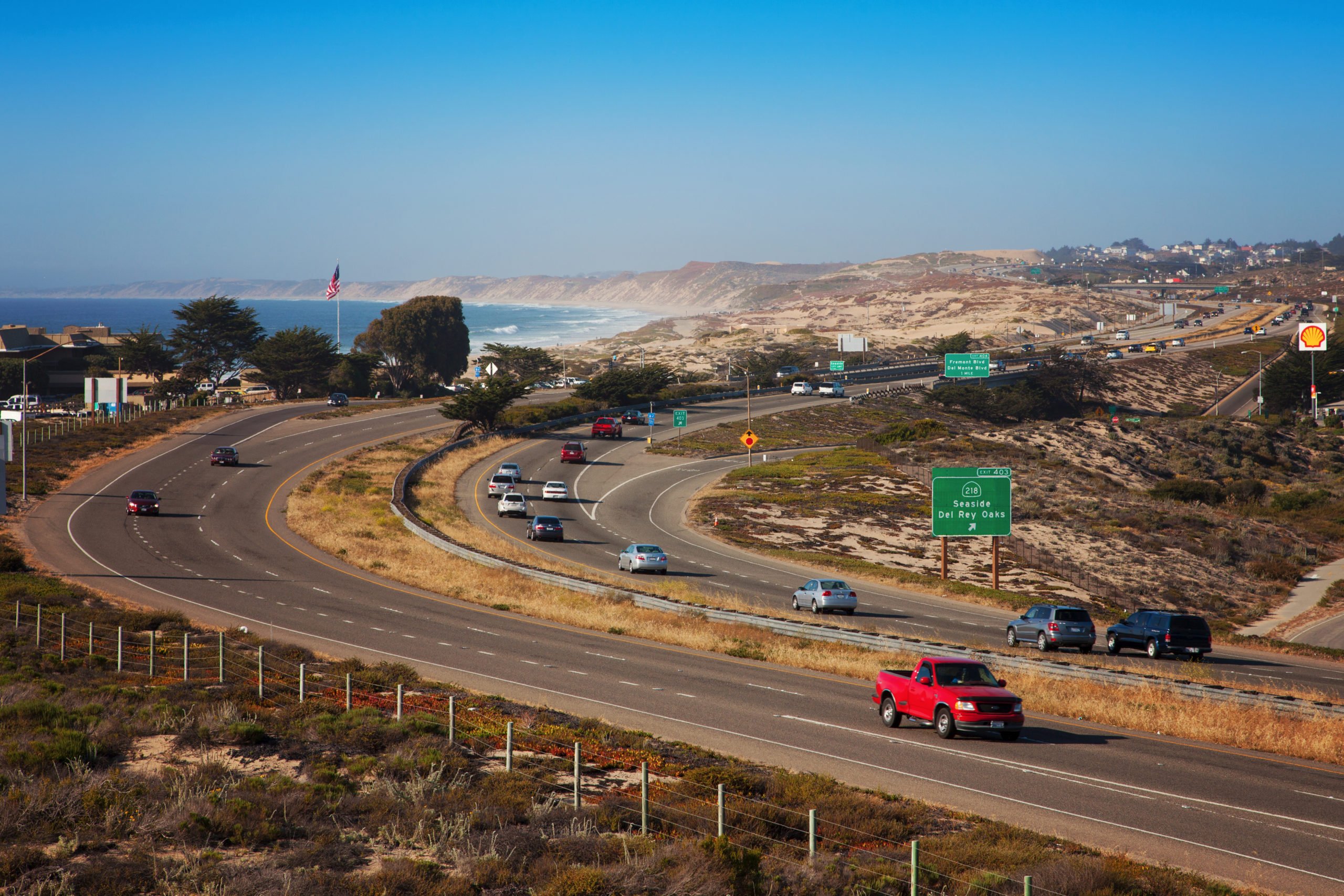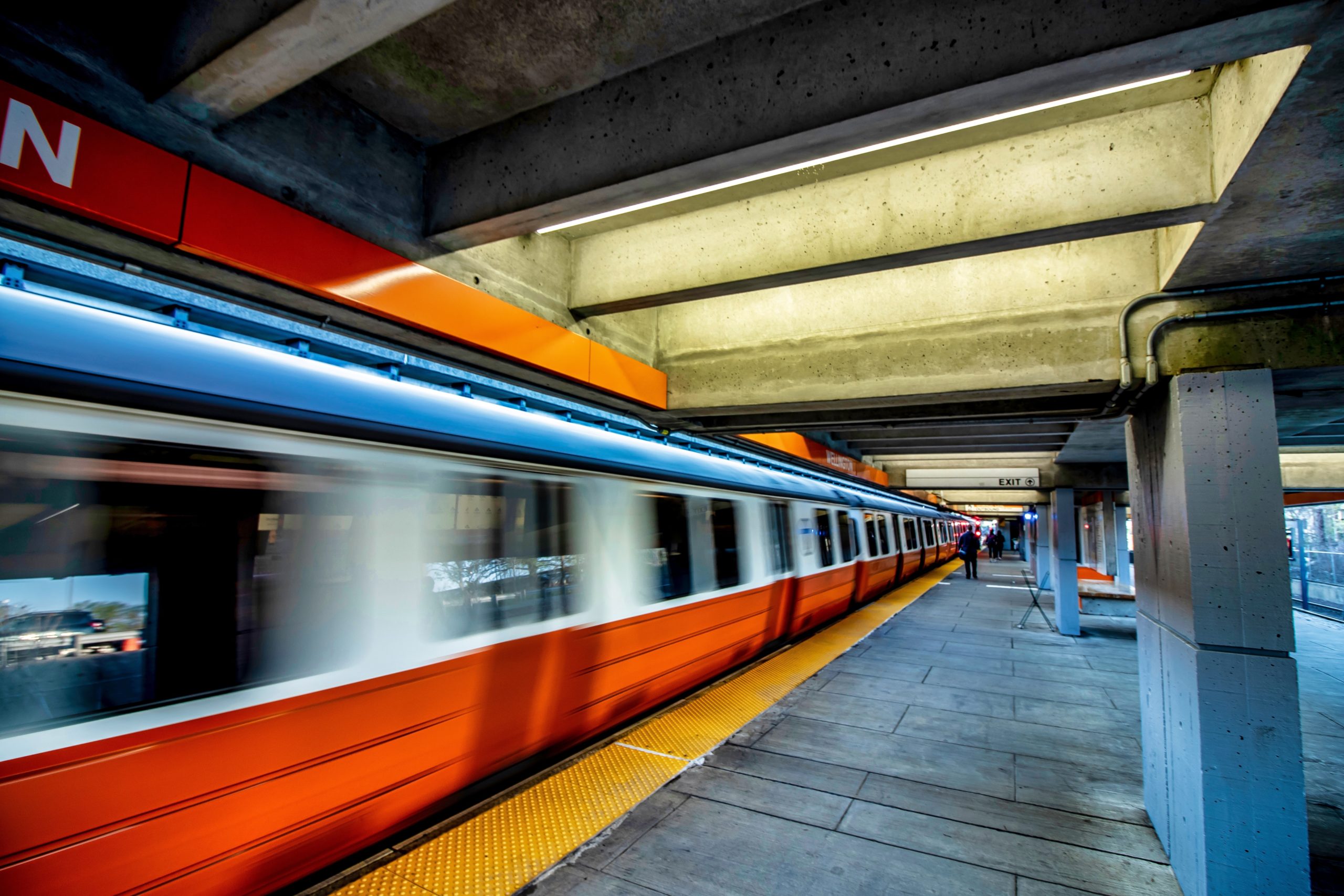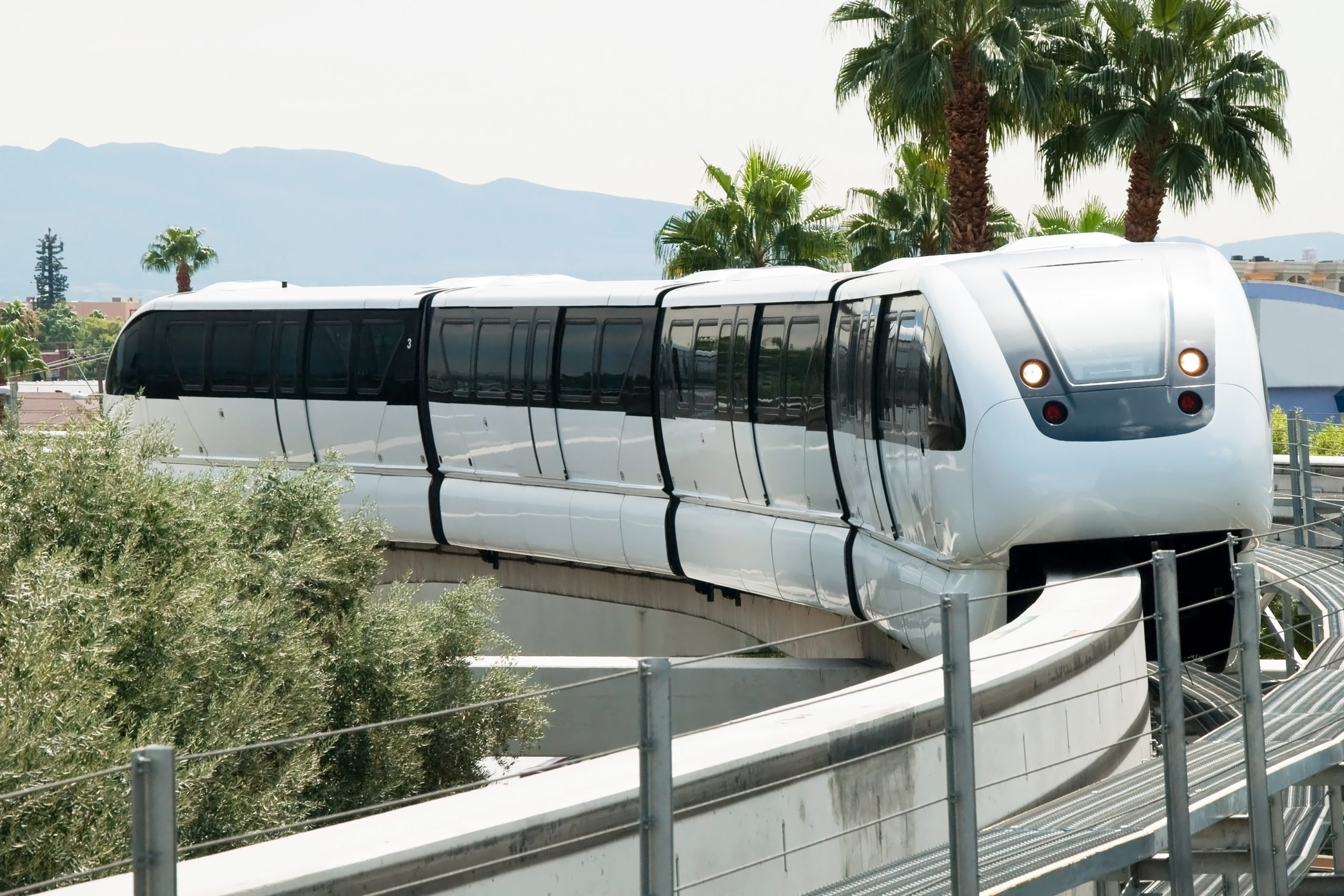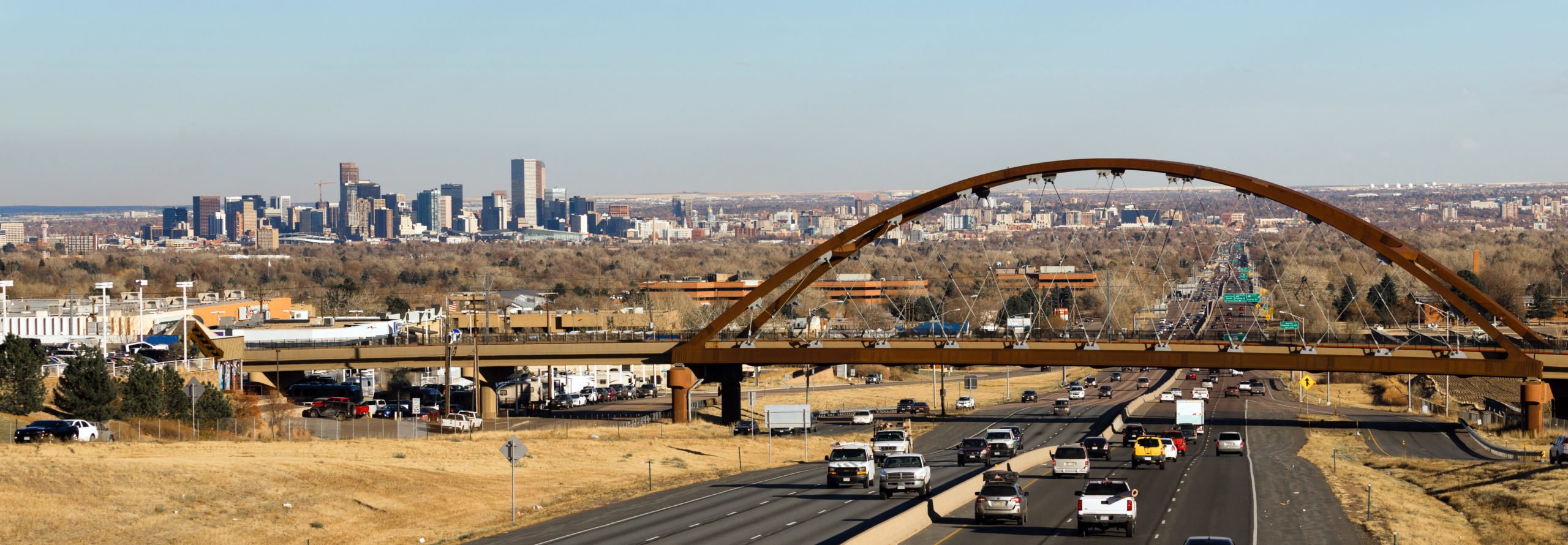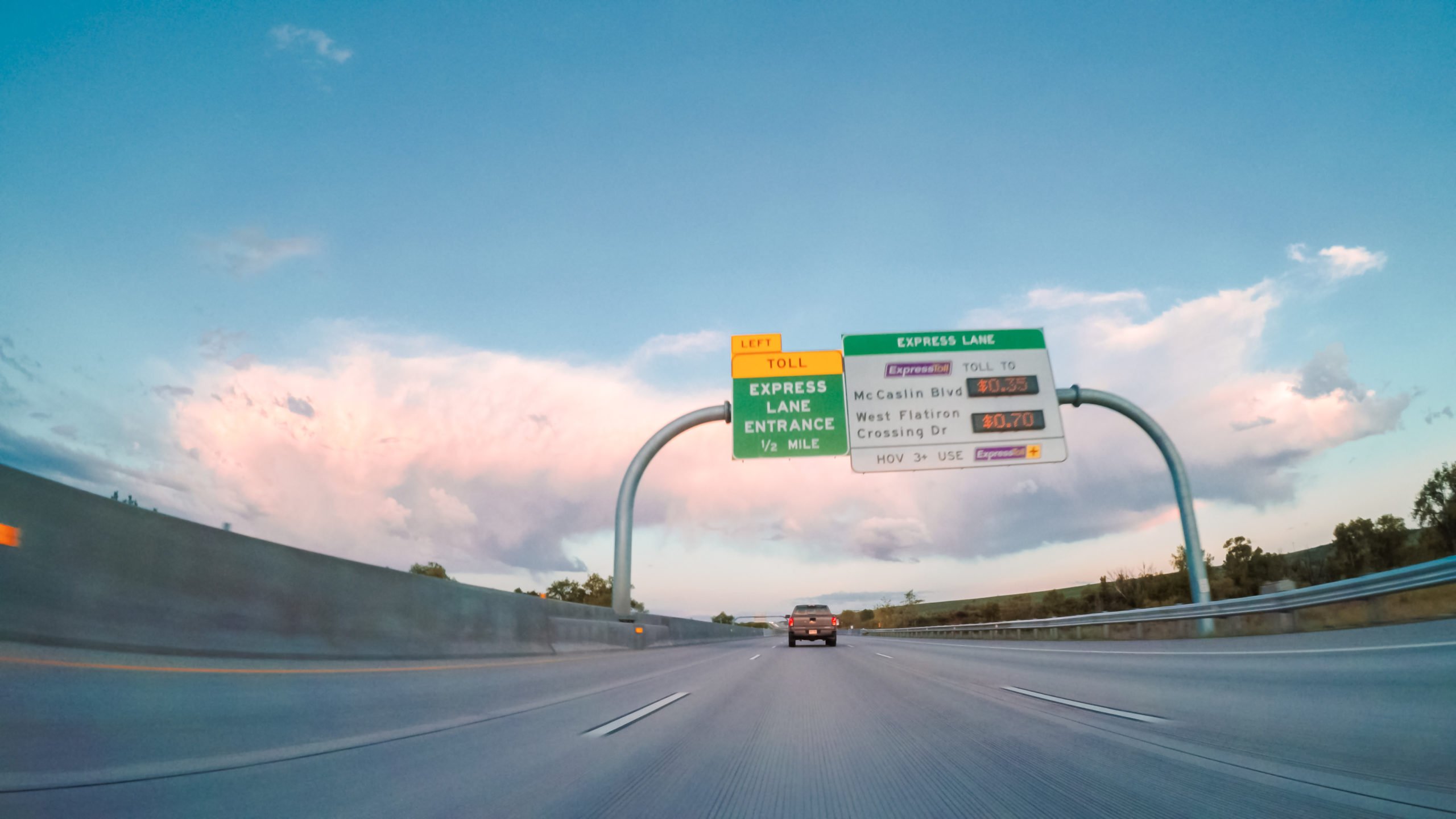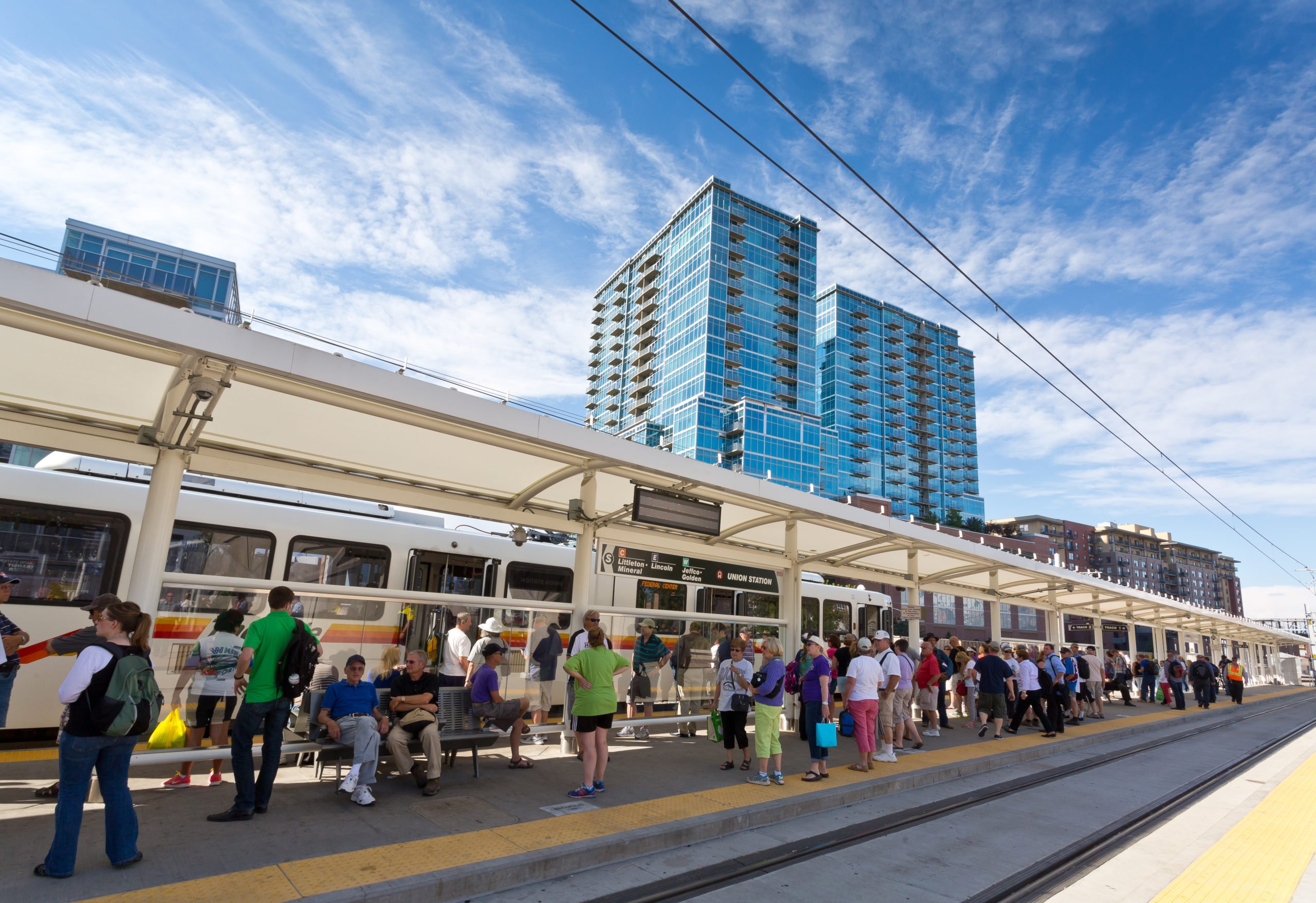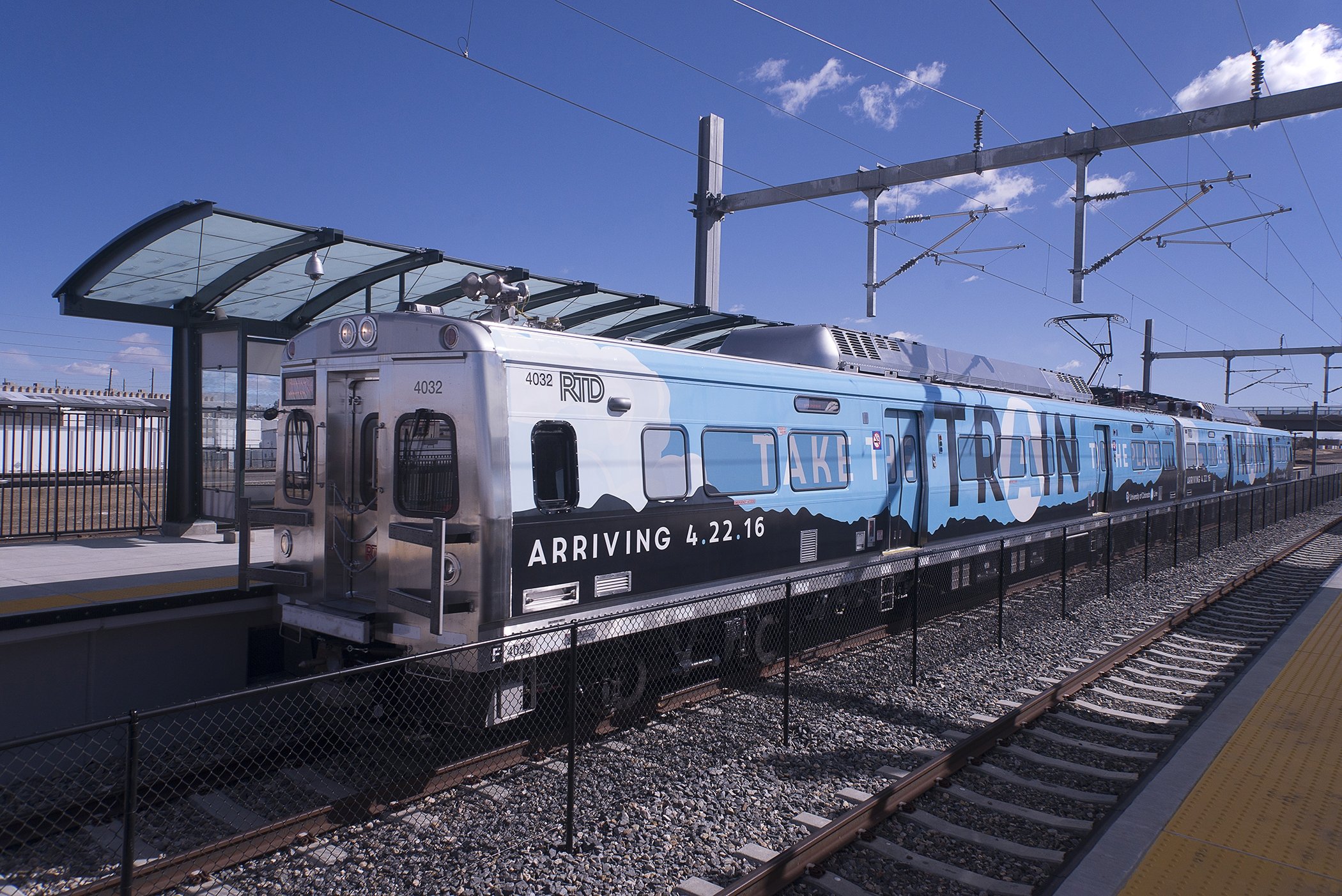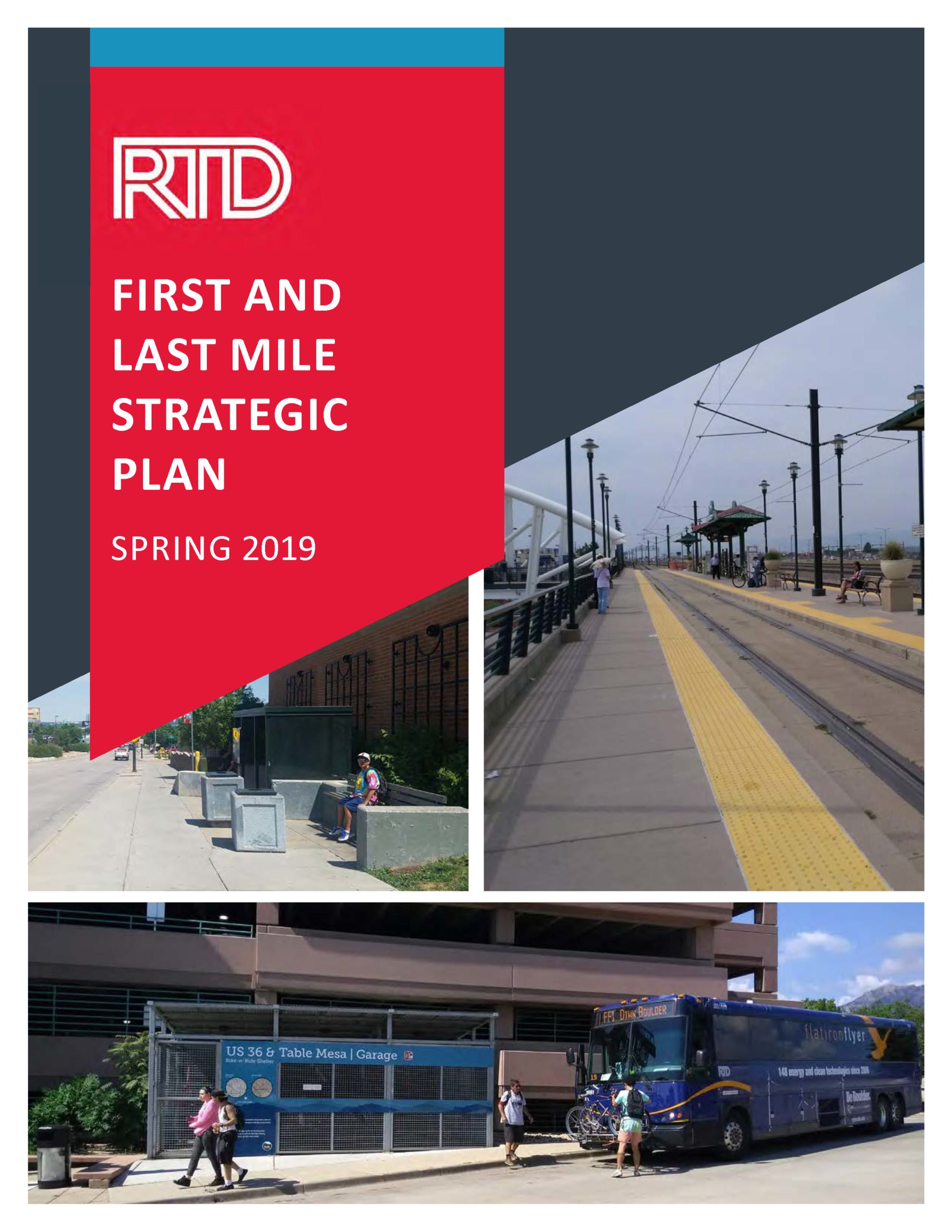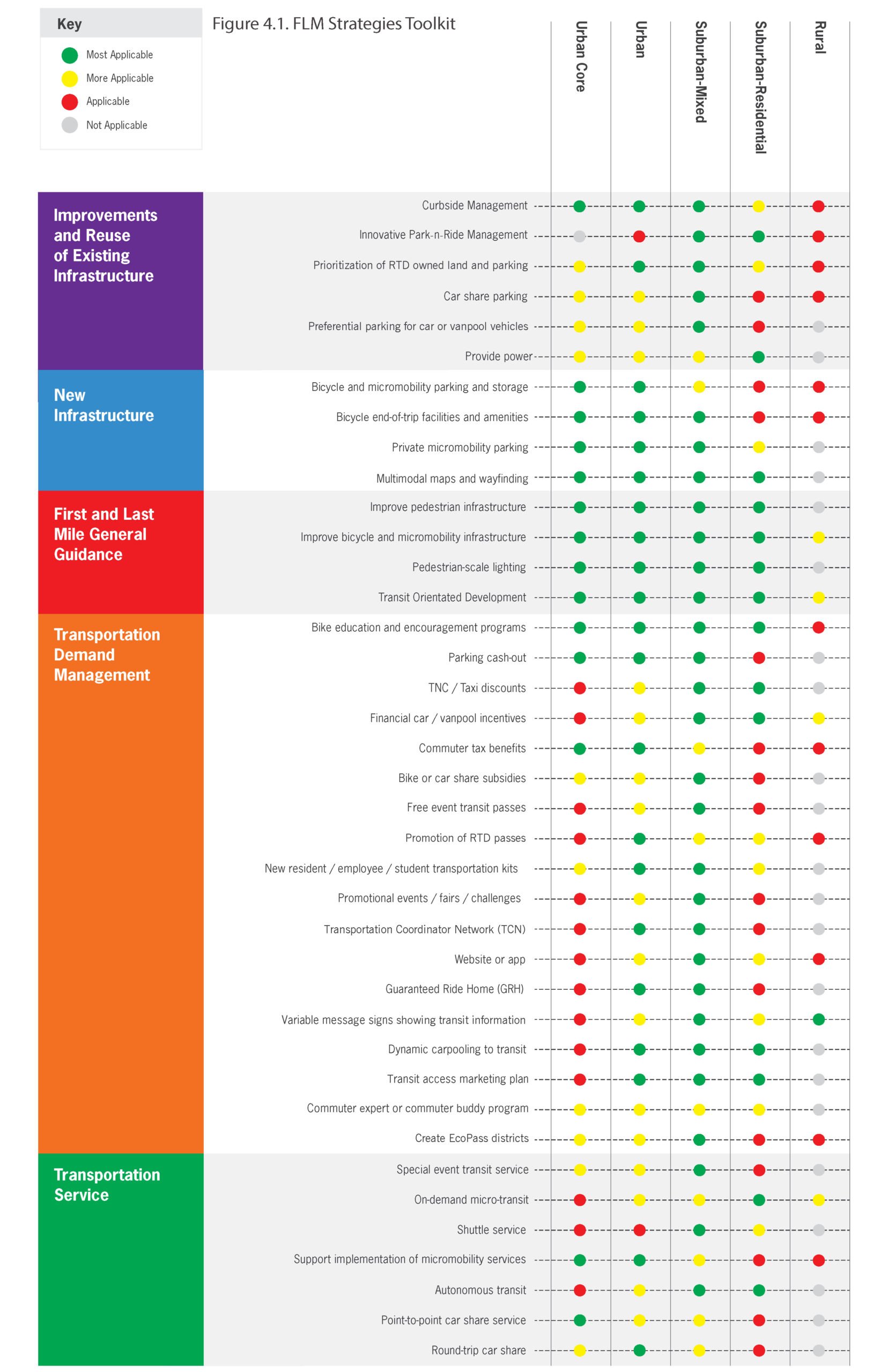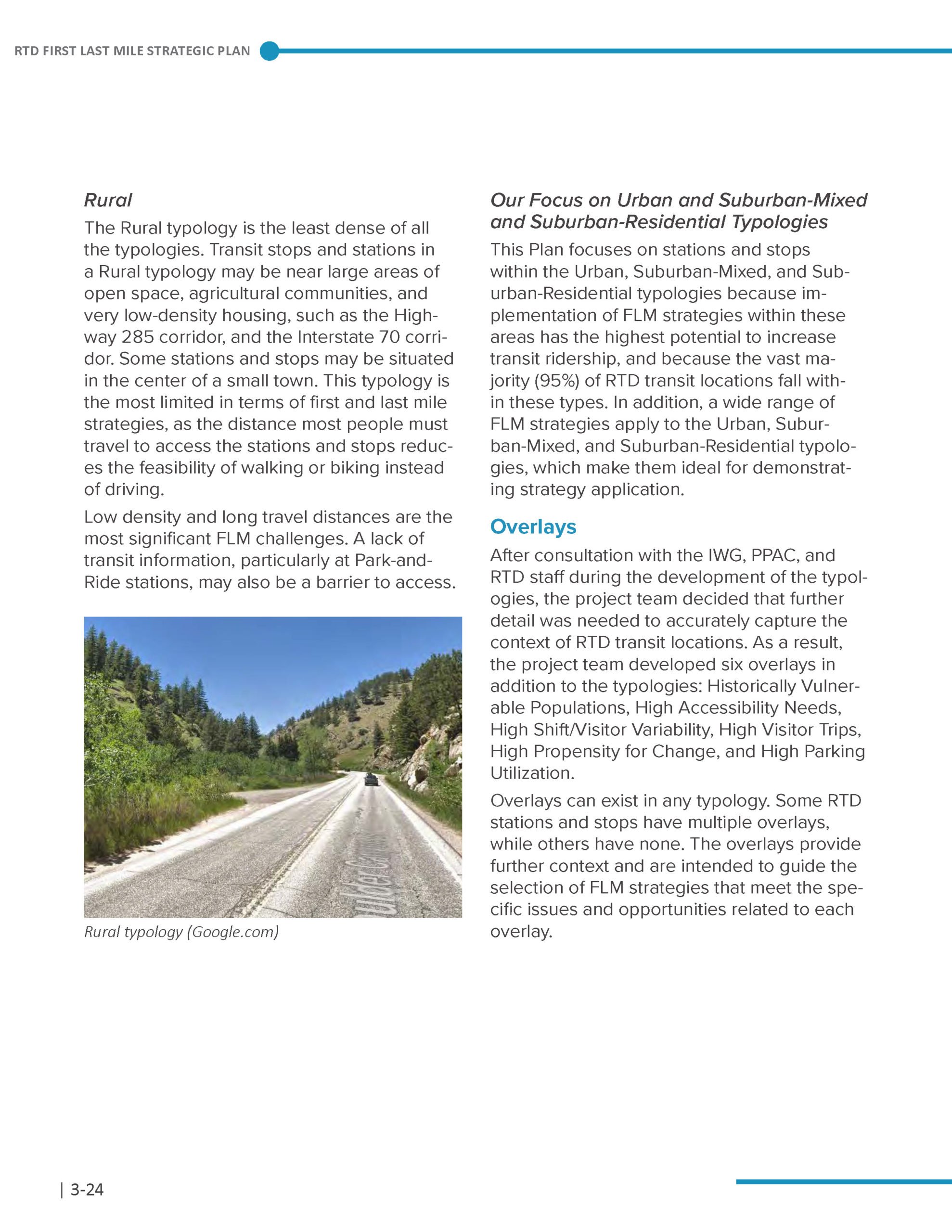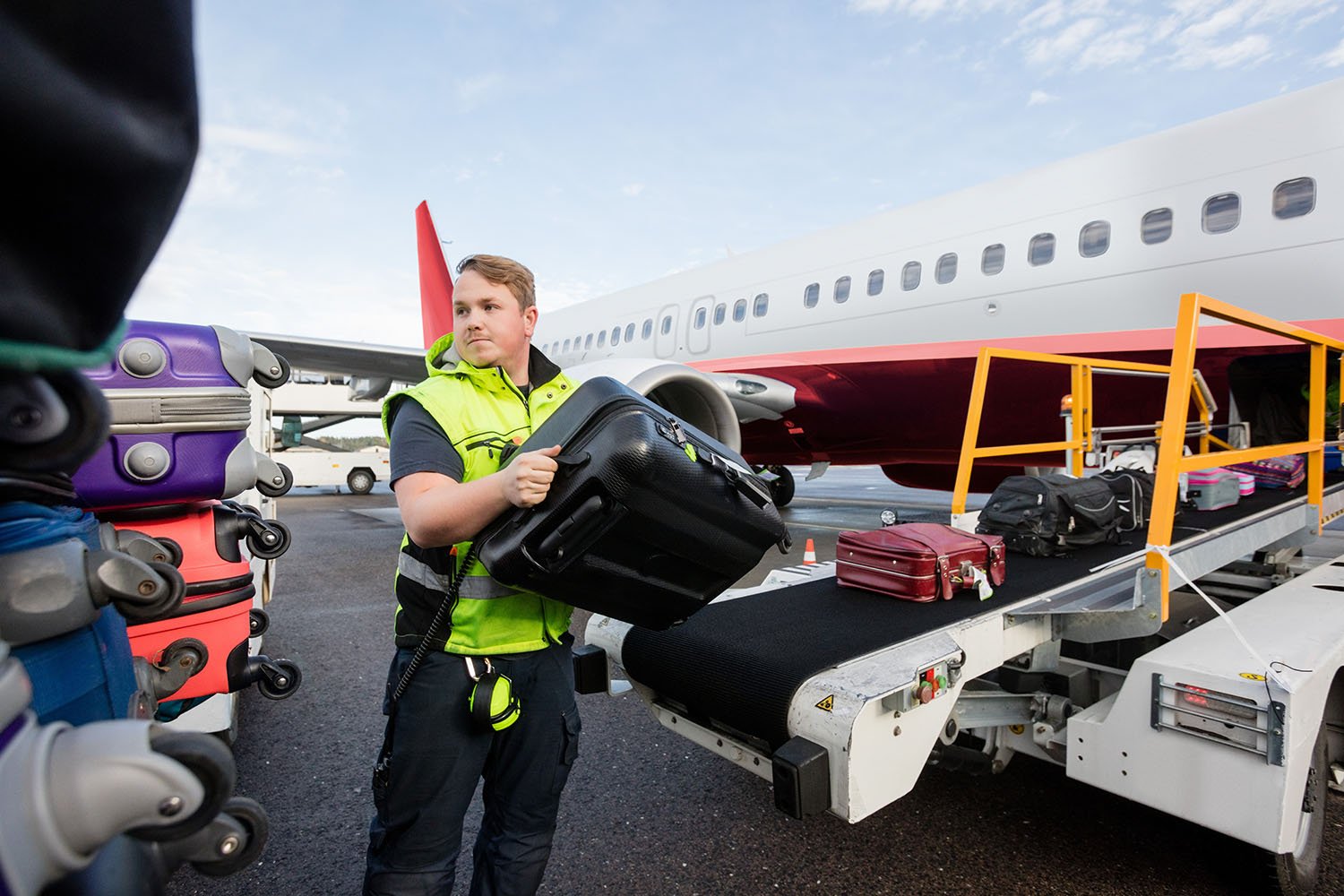Monterey Active Transportation / Demand Management Plan
Monterey, California
Following a thorough existing conditions analysis, including GIS mapping of TDM supportive infrastructure, UrbanTrans developed a set of strategies tailored to the three distinct audiences.
UrbanTrans has been assisting the City of Monterey with development of an Active Transportation/Demand Management (AT/TDM )plan. A popular tourist destination that is also host to several academic and military institutions, Monterey was looking for ways to decrease single occupant vehicle travel and reduce peak period and seasonal congestion by developing targeted strategies aimed at three target audiences: in-commuting workers, students and visitors.
Following a thorough existing conditions analysis, including GIS mapping of TDM supportive infrastructure, UrbanTrans developed a set of strategies tailored to the three distinct audiences. Because a transportation management association was deemed infeasible, UrbanTrans staff contributed to the development of a user-friendly online tool employers can use to determine which strategies are best suited for the type, size, and location of their organizations as well as their business priorities.
